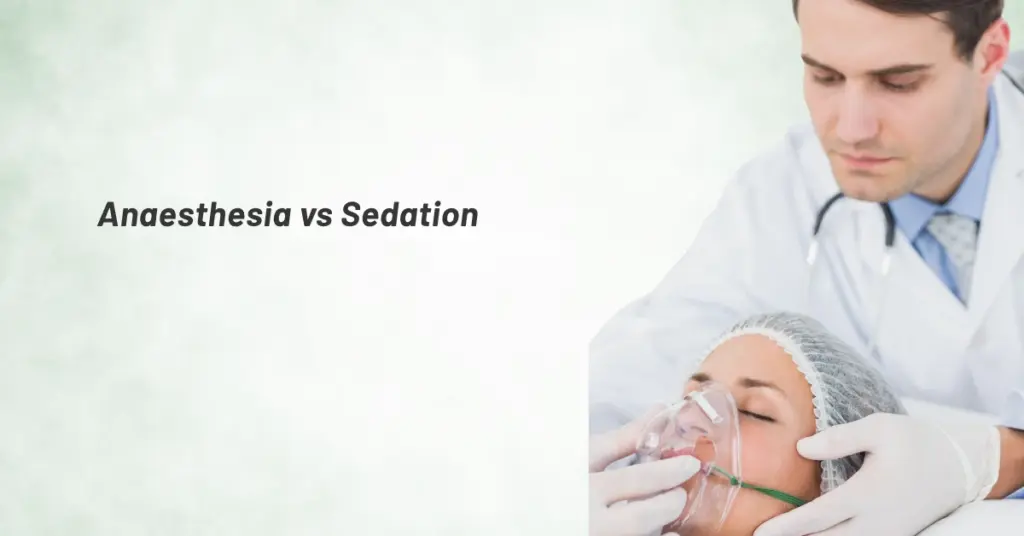When preparing for a medical or dental procedure, many patients hear terms like anaesthesia and sedation but aren’t sure what they really mean. Both are designed to keep you comfortable and pain-free, but they work in different ways. In this article, we’ll explain the difference between anaesthesia and sedation, helping you understand what to expect.
Understanding the Basics: What Is Anaesthesia?
Anaesthesia refers to a medical process that temporarily blocks pain and sensation. It is administered by an anaesthesiologist or trained medical professional before surgery or a procedure. There are different types of anaesthesia, including:
- General anaesthesia: You’re completely unconscious and unaware of what’s happening.
- Regional anaesthesia: Only part of your body is numbed, such as during a C-section.
- Local anaesthesia: A small area is numbed, like for minor skin procedures.
So, when people ask what anaesthesia is, it’s essentially a way to make a procedure pain-free while controlling your level of awareness.
What Is Sedation?
Sedation is slightly different. Instead of blocking all sensation, sedation relaxes you and makes you less aware or drowsy. Often called conscious sedation, this technique allows you to remain awake but very relaxed, and you may not remember much afterward. It’s commonly used for endoscopies, minor dental work, and outpatient procedures.
When comparing anaesthesia vs sedation, remember that sedation doesn’t always eliminate all sensation—it just makes you calm and less anxious.
Key Differences Between Anaesthesia and Sedation
Here’s a quick comparison of the two approaches:
| Feature | Anaesthesia | Sedation |
| Awareness | Unconscious (general) | Relaxed but often awake |
| Pain control | Complete | Partial or reduced sensation |
| Recovery time | Longer (general) | Usually quicker |
| Application | Major surgeries | Minor or outpatient procedures |
Understanding the difference between anaesthesia and sedation helps patients make informed choices and reduces fear before a procedure.
When Is Each Used?
- Anaesthesia is typically used for major surgeries where complete unconsciousness or full numbness of a large area is required.
- Sedation is often chosen for shorter, less invasive procedures where full unconsciousness isn’t necessary but anxiety relief is helpful.
Discuss with your doctor whether conscious sedation or one of the types of anaesthesia is more appropriate for your situation.
Final Thoughts
Knowing the difference between anaesthesia and sedation can make your experience less stressful. Both techniques are safe when administered by professionals, and your medical team will recommend what’s best for your health and comfort. If you have concerns, don’t hesitate to ask your doctor to explain what is sedation and what is anaesthesia in the context of your procedure.

